It looks like caviar! Tonburi “とんぶり” is what Japanese locals call as “land caviar”. Does it taste the same? Why do they call it field caviar? Then, is it a vegetable or fruit? Where do they put it?
What is Tonburi?
I’m pretty sure that many will find it strange. There are many questions that may arise as we talk about it further. So what is Tonburi?
Tonburi are seeds from the fruits of “kochia scoparia”. This plan is also popular for its name “bassia scoparia”. The seeds will undergo a cleaning and drying process. And the reason why locals call it field caviar due to its many similarities with the actual caviar.
Akita Prefecture is the top producer of Tonbri. In fact, it is now one of their in demand products.
Characteristics of Land Caviar
As you may know now, land caviar is the other name of Tonburi. This is because of the similarities in physical appearance and texture of the two.
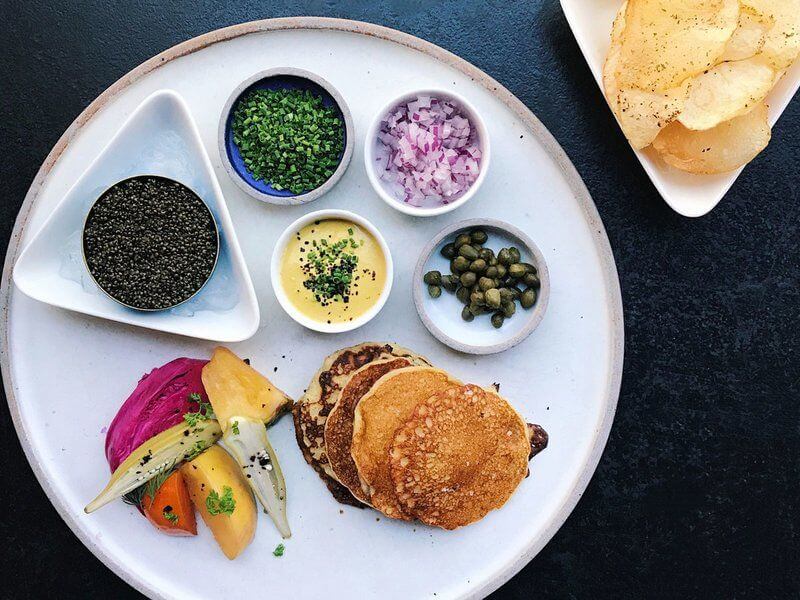
Visual Appearance
The green pearl seeds that are about 2mm resemble fish eggs. There are also methods that makes it shinier. The shinier it looks, the more it resembles the real caviar.
Texture and Taste
Tonburi has a crunchy texture. As a matter of fact, people compare its taste to broccoli. People say it is tasteless. While the seeds may be lacking of taste, it’s still a favorite ingredient among many.
Is Tonburi healthy?
Yes, it’s actually quite healthy. First, Tonburi is rich in dietary fiber. This component has many benefits such as:
- It helps maintain healthy bowel movement.
- It also controls blood sugar level.
- Dietary fiber aids in lowering cholesterol level.
- It is also beneficial in maintaining a desirable and healthy weight.
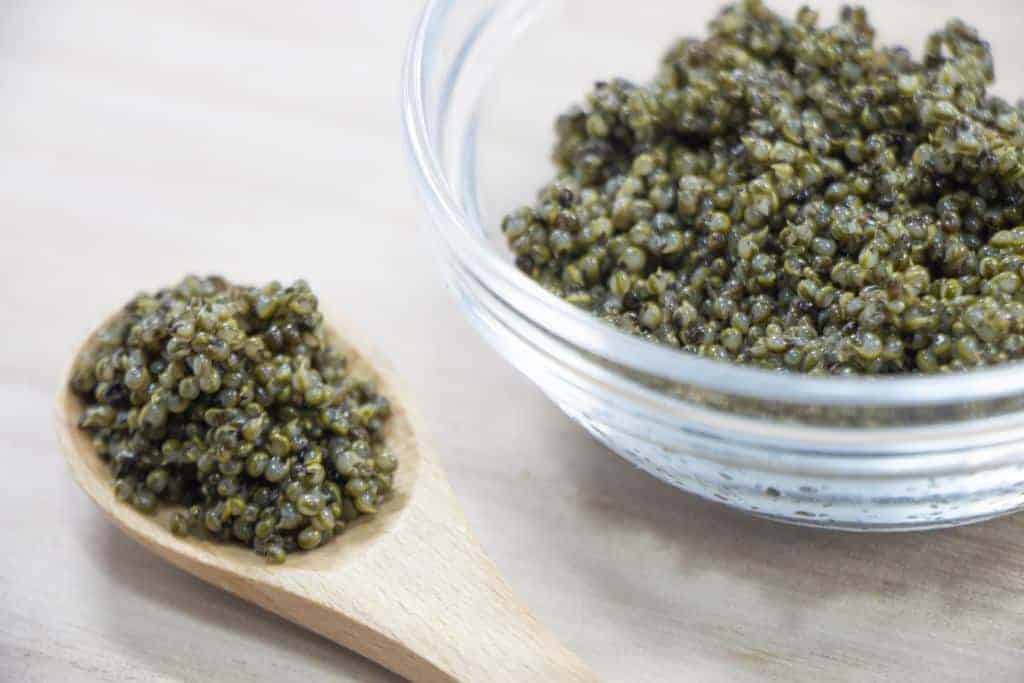
Aside from dietary fiber, Tonburi also contains vitamins and minerals that promote healthy metabolism. It also has nutrients that are favorable to the skin. On the other hand, vegans can eat Tonburi since it comes from a plant.
Land caviar is low in calorie as well. For 80 grams of Tonburi, there is only about 72 kilocalories in it. Therefore, it is an excellent choice of ingredient for those are conscious about health. It is an active ingredient that a lot of women use in their diet.
For those who have diabetes, field caviar is also beneficial to you. It contains “momordicine” which can help lower blood sugar level. It acts like insulin that aids your cells in using glucose and moving it to your muscles.
Another great thing about this healthy food is that is has “saponin”. It’s an antibacterial effect that also prevents fat oxidation. Some of the food that contain saponin are tea and carrots.
These are the main reasons why Tonburi is a “superfood” in Japan for more than 1000 years.
How to Prepare Field Caviar?
Processing Tonburi is tedious. It is extremely important to deeply clean the seeds. In addition to that, drying the seeds thoroughly is just as relevant. Below are the steps to achieve shining Tonburi.
Of course, harvesting ripe fruits of the summer cypress is the first step of the entire process. Take out the seeds of the ripe fruits.
After taking out the seeds ofkochia scoparia, boil it for about 30 minutes. Make sure to continue stirring while waiting for it to boil. This step can be strenuous due to continuous stirring but this will help the seeds not to stick together.
You will notice that the seeds become thicker as it simmer. For large amount, use a wooden paddle for easier stirring.
Next, use a sturdy colander to drain the water from the seeds. After this process, you will notice that the seeds look a bit like cooked rice. Although, it shouldn’t be sticking together at this point. Then, leave it to dry for at least 12 hours. Air drying is the best for this process.
The next step would be removing the skin without crushing the flesh of the seed. Previously, people would manually peel the seeds. However, due to fast innovation, there’s a machine that can do this process faster and more efficiently. This machine starts working back in 1975 and is now one of the top secrets of this industry.
Rinsing the peeled seeds is a very tedious process. It takes a few rounds of cleaning before it can move forward to the next step. Repeatedly rinsing the seeds using clear water ensures removal of foreign objects.
They use huge plastic colanders during this process and moves it rhythmically while checking for foreign objects.
Drying the seeds is the final part of the long and meticulous process. After being thoroughly cleaned, the seeds are left to dry for at least 8 hours. There are instances wherein it takes longer to dry to ensure that all excess waters will be drained. Finally, the seeds undergo a final checking to remove other objects that the machine may have missed.
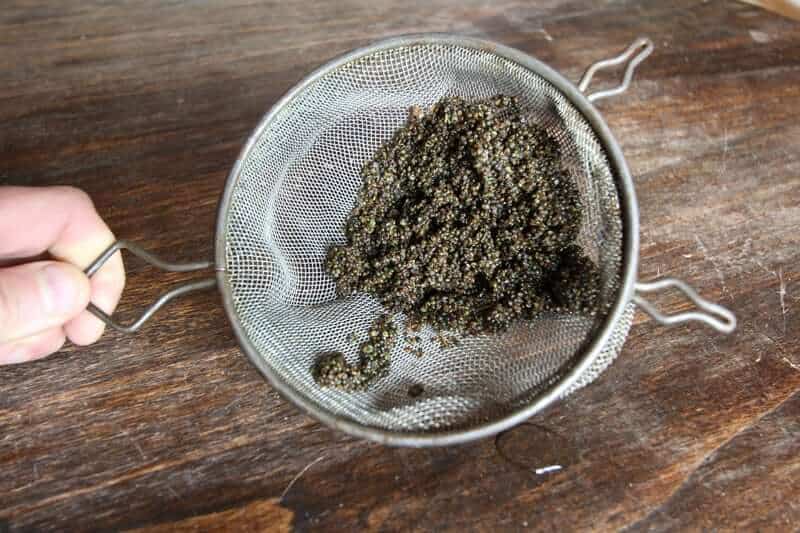
Dishes that Go Well with Tonburi
As mentioned above, Tonburi is a favorite ingredient among local chefs. Since it’s almost tasteless, it doesn’t interfere with the overall taste of the food. Instead, it adds accent to the food itself. Here are some of the dishes that are better with land caviar on it.
Inaniwa Udon
Inaniwa Udon is one of the major udon in Japan. It is a luxurious item for so many years before it becomes one of the popular food in the Akita Prefecture.
It’s no surprise that a known restaurant in the area is using Tonburi to its Inaniwa Udon. The shop’s name is Oryza and it is one of the most recommended dining place in the area. Oryza is just a few minutes away from JR Omagari Station.
Combining Inaniwa Udon and Tonburi in one dish is the perfect representation of Akita Prefecture. It gives a balance of history and luxury.
Kani Salad
Field caviar is already healthy, but putting it on a salad makes it even better! Kani Salad is a favorite among Japanese types of salad. Who wouldn’t like it? The fact that it is both healthy and delectable makes it a champion to salad lovers.
Adding Tonburi in it blends well with the Japanese mayo. It gives the salad that extra crunch in texture.
Tamagoyaki
I’m quite sure that everyone knows what Tamagoyaki is. Who wouldn’t be familiar with the crowd favorite Japanese omelette? Tamagoyaki is simple yet so delicious! It is often a side dish with any other meals.
Imagine a Tamagoyaki with crunch? That’s what it feels to eat it with land caviar. Since the egg rolls are fluffy and soft, the Tonburi gives it an added layer of texture. Some would incorporate it to the dish while some would just sprinkle it on top. Either way, both methods are unexpectedly satisfying!
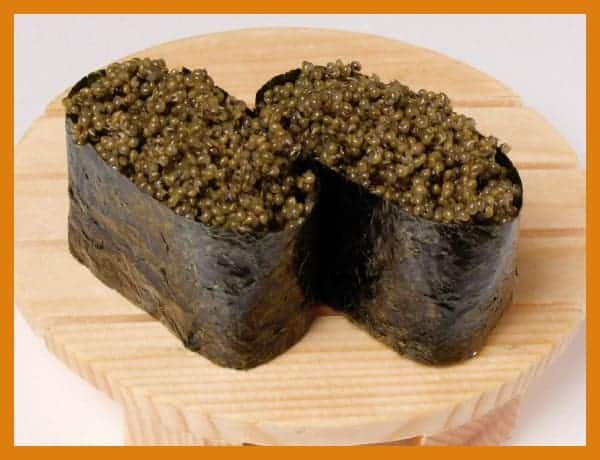
Where to Get these Land Caviar ( Tonburi ) ?
By now, you would know that Tonbri is a product of Akita Prefecture. Specifically, Odate City is the main producer of these dried seeds. While anyone can put Tonburi in any of their daily meals, you can get this superfood from these stores in the city.
Akita Hinai Main Store
The main store of Akita Hinai is in Kuzowara, Odate City. Please take note that you will need a reservation before visiting the store. The main store does not only sell Tonburi but they also sell other Akita Prefecture delicacies such as Iburigakko and Hinai chicken.
Ryotei Kitaaki Club
Shigekichi Ishikawa founded Ryotei Kitaaki Club in 1887. The founder’s methods are passed down to five generations. Nowadays, the descendant of Ishikawa incorporates modern cooking technique with the traditional ones.
The shop is a go-to place for casual dine-ins and even for important celebrations. They also do deliveries so you can enjoy the authentic taste of their dishes in the comfort of your home or hotel room.
Ryotei Kitaaki Club also serves meals with Tonburi so you will have a genuine taste of Akita’s gem.
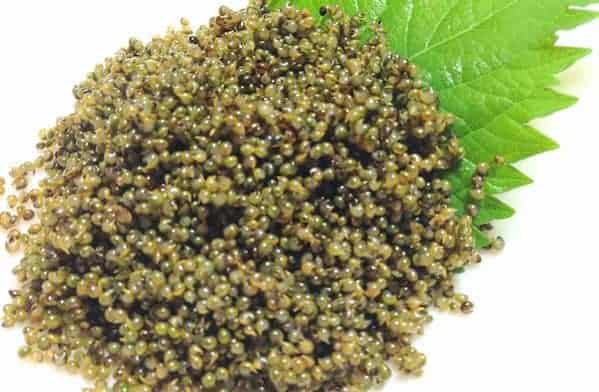
Conclusion of Tonburi
Tonburi is a superfood not just because it has many health benefits, but because of the variety of dishes that go well with it. Truly, it is one of Akita Prefecture’s precious products.
Would you eat land caviar? If yes, share this post to your family and friends!
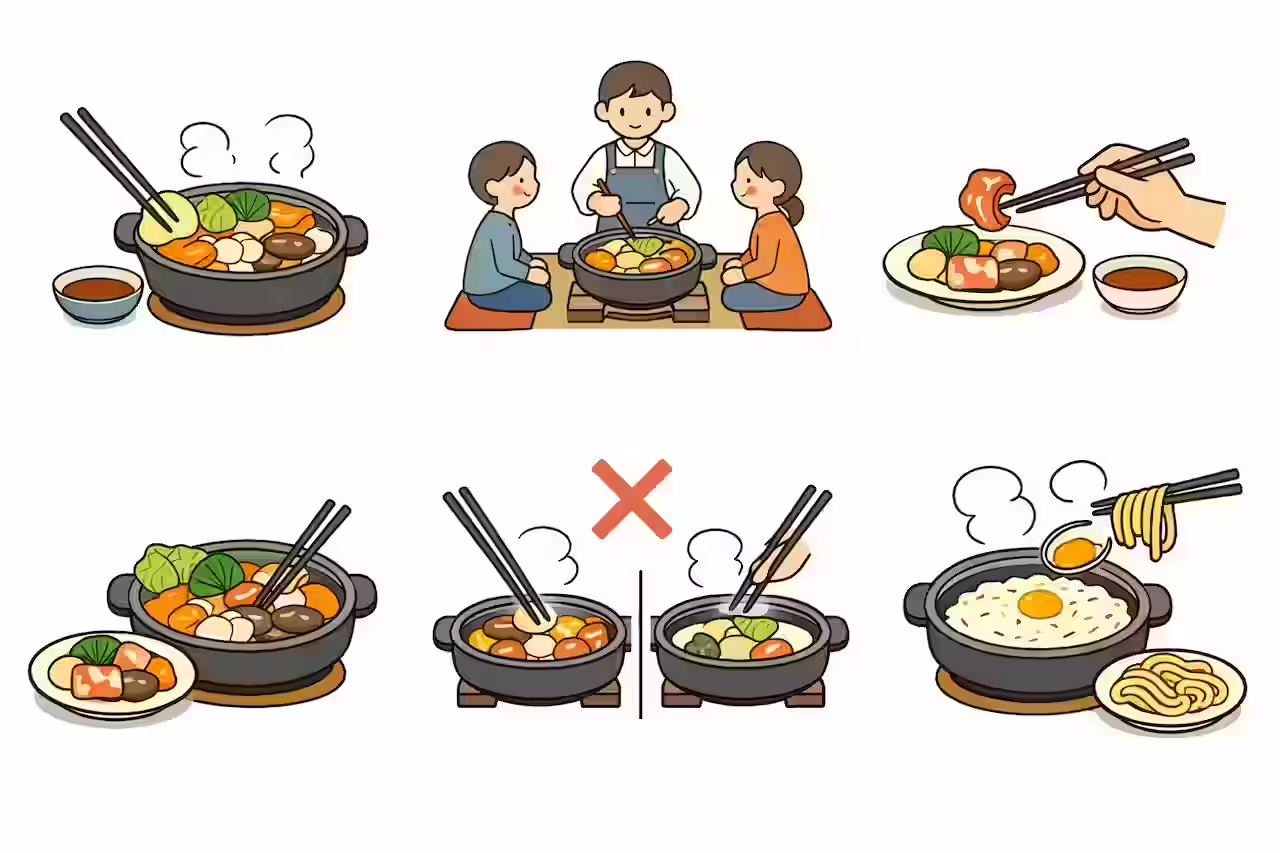



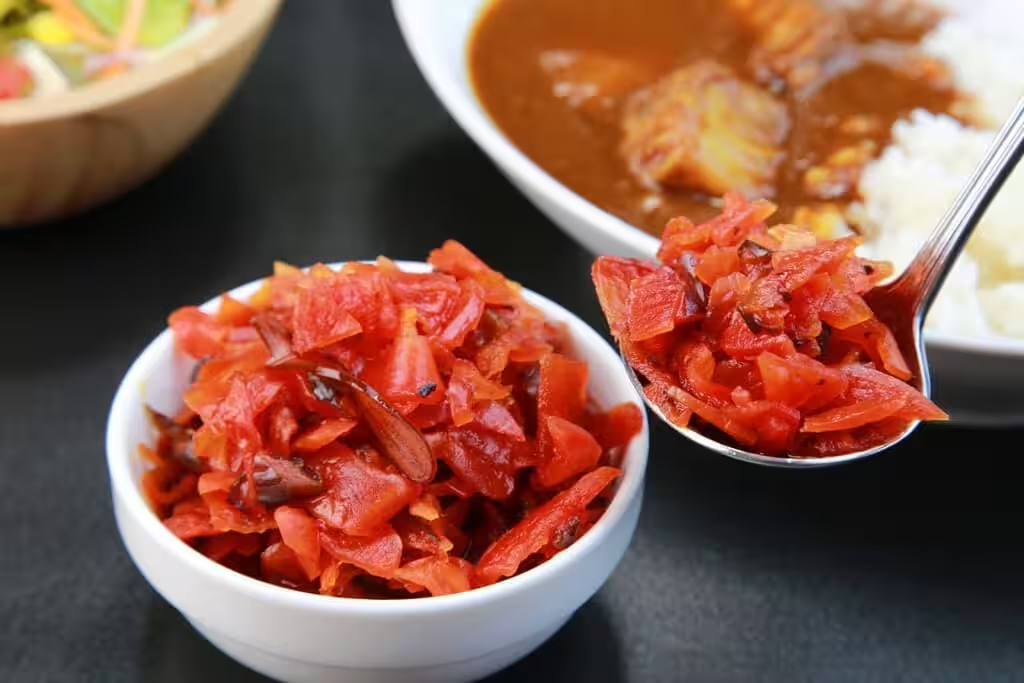

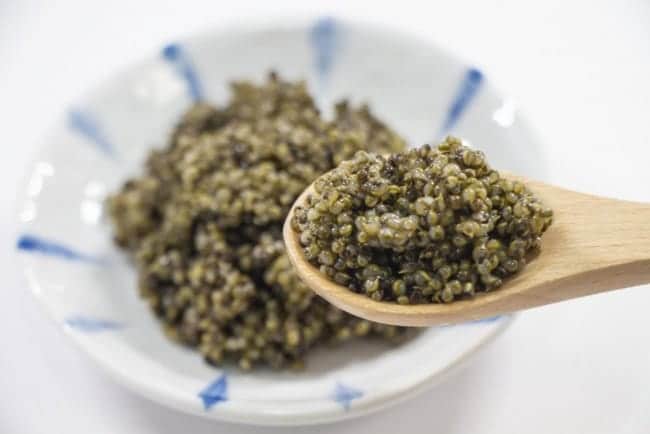
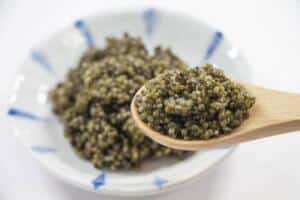
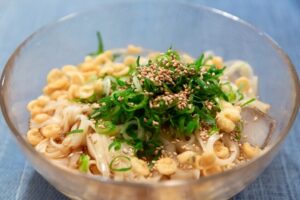
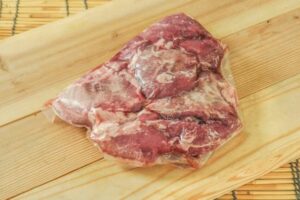
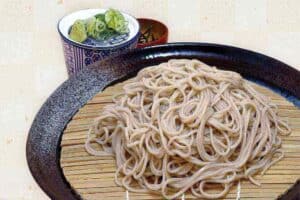
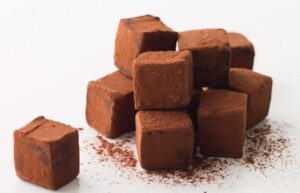
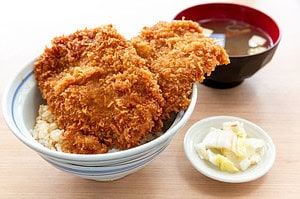
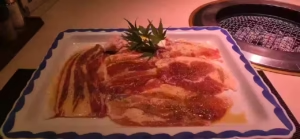
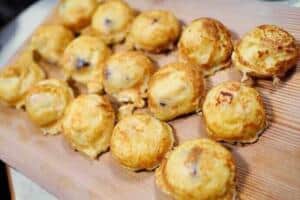
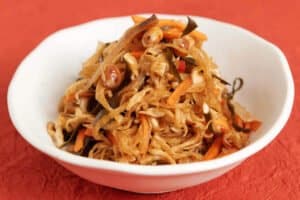
Comments